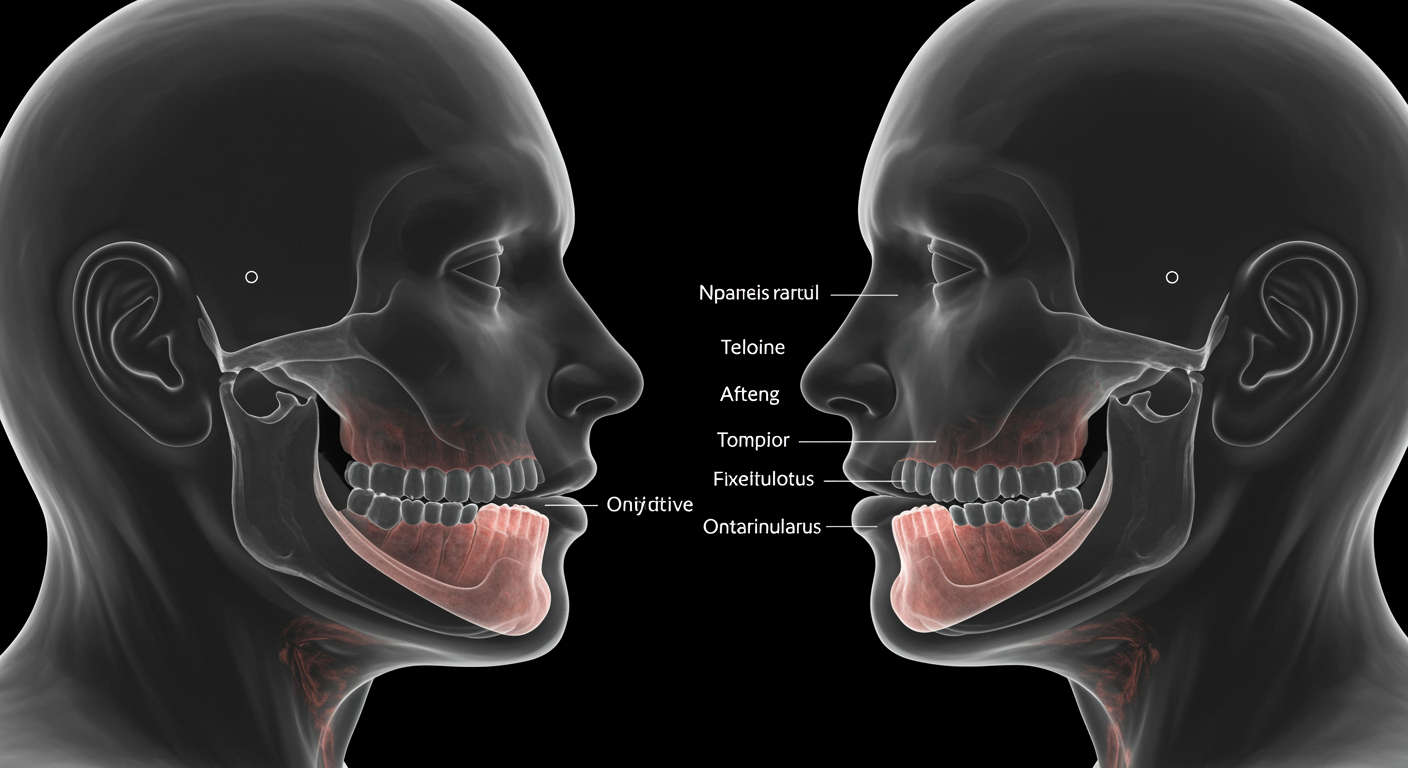Introduction
Maxillofacial surgery holds a vital role in modern medicine, addressing a wide range of conditions related to the face, jaw, and mouth. From restoring function after trauma to correcting congenital abnormalities, maxillofacial surgeons blend art, science, and technical precision. But just as the complexities of this field evolve, so do the technologies and methodologies that propel it forward.
The year 2025 promises revolutionary changes for maxillofacial surgery, combining artificial intelligence (AI), 3D printing, robotic surgery, and advancements in material science to deliver improved outcomes for patients. This blog highlights the latest innovations, emphasizing their impact on dental students, medical professionals, and seasoned surgeons eager to stay at the forefront of surgical practice.
Current State of Maxillofacial Surgery
Maxillofacial surgery has seen remarkable progress over the past few decades, with advancements that emphasize accuracy, reduced recovery time, and patient-centric care. Today, surgeons rely on a combination of digital tools (such as CT and MRI scans), traditional methods, and emerging technologies to deliver precise interventions.
Some common applications include:
- Craniofacial Trauma Repair: Restoring both aesthetics and function through reconstructive approaches.
- Orthognathic Surgery (corrective jaw surgery): Addressing misalignments and other functional issues.
- Dental Implantology: Providing stable foundations for prosthetic teeth.
- Tumor Resections and Reconstructions: Removing cancerous tissues and reconstructing facial structures.
While current tools and procedures provide a high standard of care, challenges such as lengthy surgical times, costs, and complications remain. This is where innovation plays a crucial role in maximizing efficiency and patient outcomes.
Technological Innovations Shaping Maxillofacial Surgery
1. Artificial Intelligence (AI)
AI is reshaping how surgeons approach diagnoses and treatment planning:
- Pre-surgical Planning: AI algorithms analyze patient anatomy using CT or MRI scans, offering detailed surgical plans that reduce human error.
- Predictive Analytics: Models powered by AI help anticipate risks such as complications or side effects, enabling proactive measures.
- Post-operative Monitoring: Machine learning applications track healing and detect potential infections early.
An excellent example of adoption is AI-assisted diagnostic systems used to assess facial symmetry and recommend ideal corrective measures. These increase precision and empower surgeons to make decisions backed by robust data.
- 3D Printing
3D printing is nothing short of a game-changer in maxillofacial surgery:
- Patient-Specific Implants (PSIs): Customized implants tailored to each patient’s unique anatomy improve fit, aesthetics, and comfort.
- Surgical Guides: Surgeons use 3D-printed templates to enhance the accuracy of bone cutting, implant placement, and tissue positioning.
- Reconstruction Models: Physical models of a patient’s anatomy allow for hands-on practice before surgery.
For example, 3D-printed mandibles (lower jaws) crafted from biocompatible materials not only enhance aesthetics but also restore chewing and speaking functions seamlessly.
3. Robotic Surgery
Robotic systems are ushering in a new era for maxillofacial surgical precision:
- Microsurgery: Robots equipped with high-definition cameras and miniature tools allow intricate operations in hard-to-access areas.
- Tele-surgery: Surgeons can remotely operate on patients in different locations using robotic systems controlled via advanced wireless technology.
- Steady Assistance: Robotics reduce tremors during delicate procedures, ensuring unmatched precision.
The integration of robotic arms for tasks like tumor excision or reconstructive surgery enables minimally invasive methods, improving recovery and significantly lowering risks of errors.
Advancements in Material Science
Biocompatible Materials
Innovations in material science are essential for implants and reconstructive techniques. 2025 is set to witness further progress with materials designed to minimize rejection rates and improve integration:
- Titanium Alloys: Long-favored for their strength and compatibility, titanium remains a leader in implants.
- Ceramic-Based Materials: Used for dental implants, ceramics offer enhanced aesthetics due to their similarity to natural teeth.
- Resorbable Biomaterials: Temporary scaffolds promote natural bone growth before dissolving, eliminating the need for removal surgeries.
Researchers are also experimenting with bioengineered tissues that aim to replicate natural tissues, enabling superior outcomes for facial reconstructions.
Evolution of Surgical Techniques
Minimally Invasive Surgery
Minimally invasive techniques are on the rise, reducing post-operative pain, downtime, and scarring. Examples include:
- Endoscopic Surgery: Small incisions lead to fewer complications and faster recovery.
- Minimally Traumatic Extractions in dental surgery prioritize preservation of surrounding bone and tissue.
Advanced Reconstructive Methods
Innovative reconstructive methods, such as digital scanning and vascularized grafts, enable surgeons to restore both aesthetics and function seamlessly.
Combined with digital workflows (like virtual surgical planning), surgeons can visualize outcomes and enhance precision for procedures like jaw realignment or bone reconstruction.
Leading Innovation in Training and Education
Simulation and Virtual Reality (VR)
Training future generations of surgeons will rely heavily on advanced simulation tools and VR platforms. With these, students are engaging in:
- Virtual Anatomy Labs: Immersive VR environments allow exploration of complex facial structures.
- Surgical Simulations: Trainees practice upon realistic 3D models within VR without the consequences of real-life mistakes.
- Interactive Tutorials powered by augmented reality overlay annotations during practice surgeries.
Technology not only bridges gaps in physical training infrastructure but also ensures consistent quality across institutions.
Remote Learning
Global collaboration is becoming easier through online platforms where medical professionals share expertise and learn from one another. These systems improve access to knowledge and accelerate the diffusion of innovative techniques to underserved areas.
Challenges and Opportunities
Ethical Concerns
The rapid growth of technology raises ethical questions, particularly around data privacy, AI biases, and over-reliance on machines. For example, surgeons using AI tools must remain vigilant and ensure decisions aren’t solely based on algorithms, which might not account for unexpected nuances.
Accessibility
One of the greatest challenges lies in ensuring equity in access. While the latest technologies show promising results in advanced health systems, barriers such as high costs and limited training resources make it harder for developing nations to adopt these advancements.
Research and Development
On the flip side, there’s an opportunity for collaboration between surgeons, researchers, and tech developers. Together, they can address these challenges and develop solutions that are affordable, accessible, and sustainable.
The Future of Maxillofacial Surgery
The future of maxillofacial surgery is bright, characterized by rapid innovation and greater efficiency. Technologies such as AI, 3D printing, and robotics are revolutionizing the field, while advancements in materials science are opening new doors for surgical possibilities. Simultaneously, state-of-the-art education methods are equipping surgeons of tomorrow with tools to match evolving demands.
For dental students and medical professionals, staying informed and continually adapting to these changes will be key. Whether perfecting techniques or engaging with cutting-edge technologies, the next generation will play a pivotal role in shaping this dynamic specialty.





